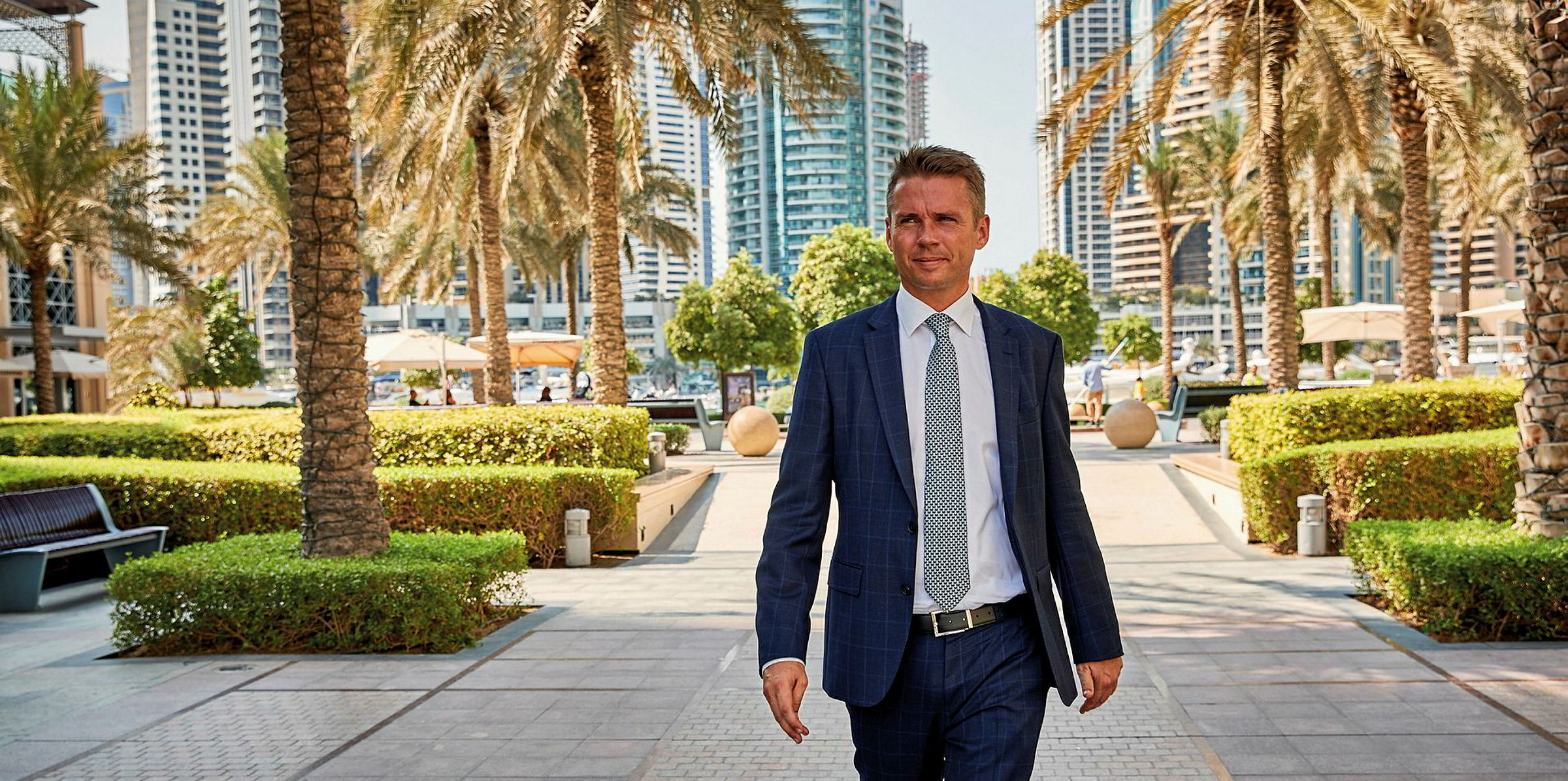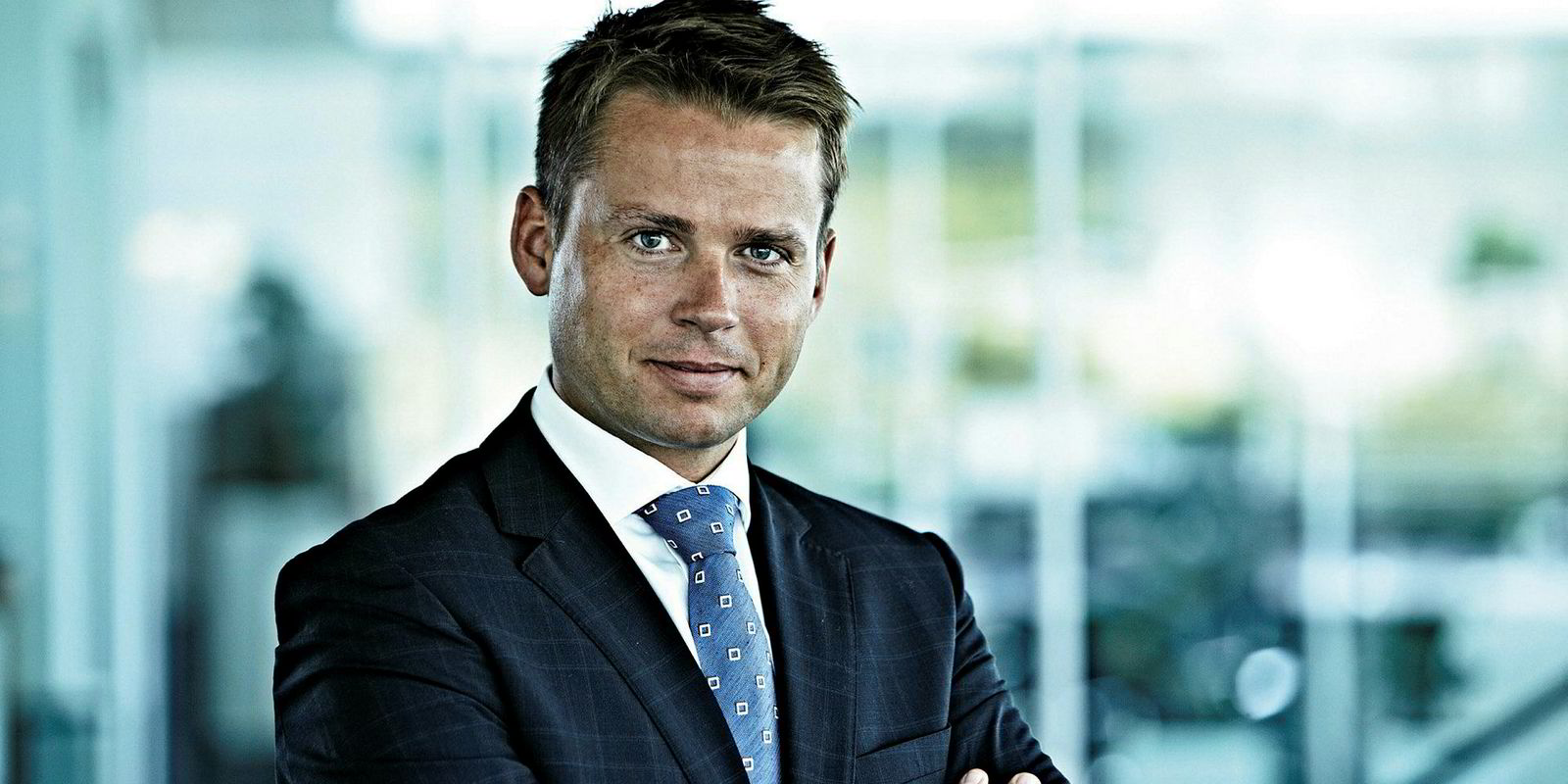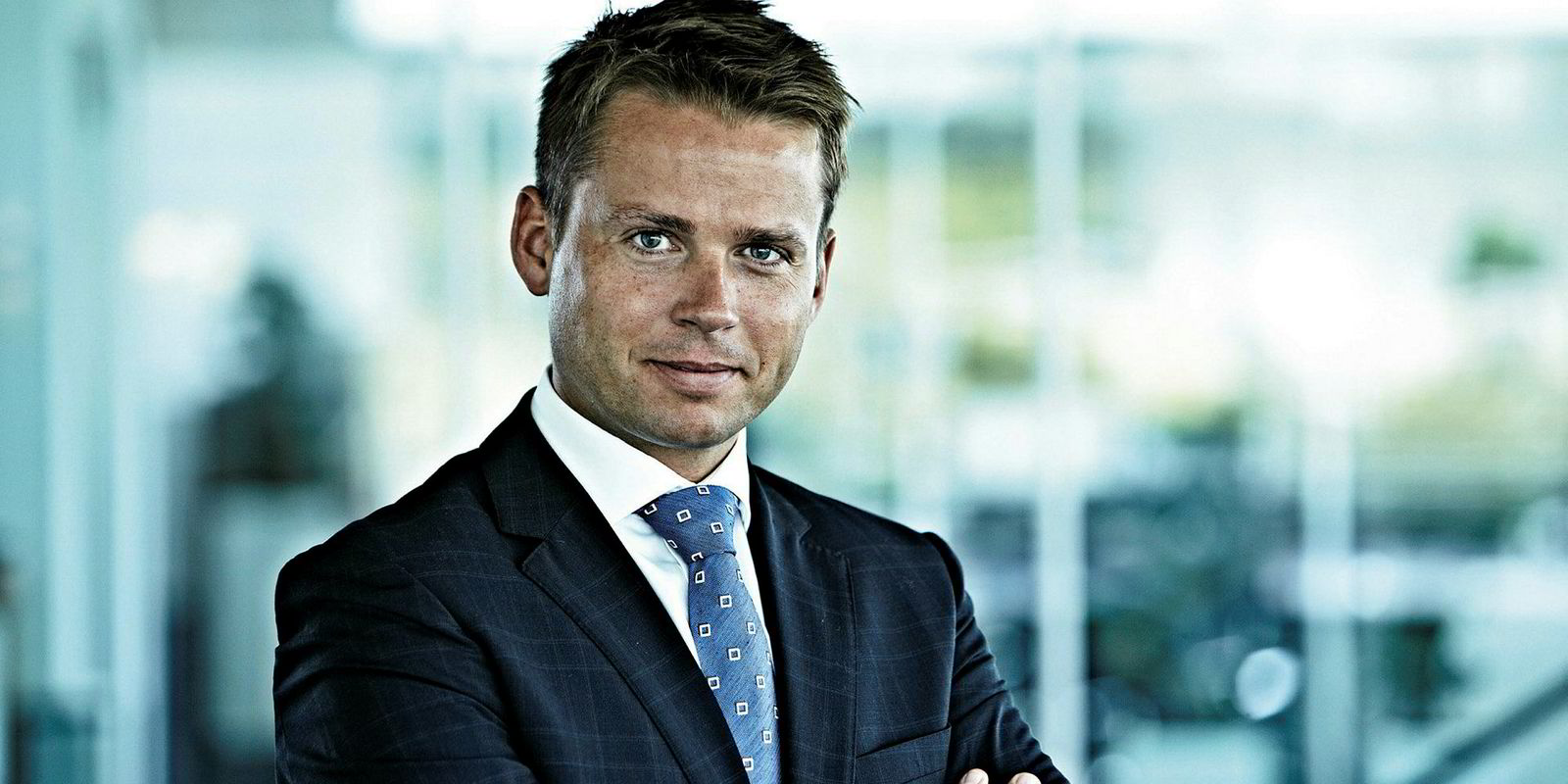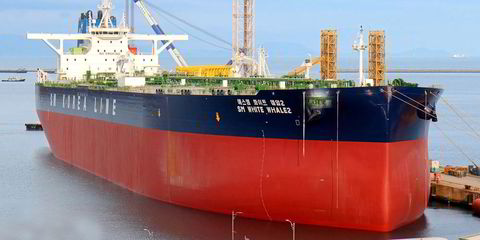With fierce competition, volatile oil prices and the IMO 2020 rules threatening to spark rapid market changes, Monjasa’s Anders Ostergaard thinks the time is ripe for bunker suppliers to adopt a new approach to doing business.
In what the 40-year-old Danish chief executive describes as “Bunkering version 2.0”, he suggests companies will need to be flexible, transparent and financially healthy to survive.
“The world is changing these days more than ever. The old ways of doing things ... are falling apart,” Ostergaard tells TradeWinds.
“That means something new is to appear ... It’s time to let go [of] the old-school way of doing business. There is no three to five-year strategy any more. You need to observe and navigate on a daily basis, on a weekly basis, to see what does our industry have for us today. And then remain flexible.”
Monjasa, which started as a back-to-back trader before acquiring vessels and terminals, has grown to employ 500 people in eight offices across the globe since it was founded by Ostergaard and Jan Jacobsen in 2002.
Ostergaard is proud that he has kept the group agile, continuing to look into niche markets while steering away from the main bunkering hubs such as Rotterdam and Houston.
He describes bunkers as a mainstream commodity. “Anyone and everyone is offering the same products. If you can’t make a difference, you can’t be excellent.”
The key is to find somewhere the company can be better than its competitors at adding value for customers, he says.
“If you look at the Monjasa Group, it’s always been places like Iraq, Nigeria, Libya, Bangladesh, Colombia and Mexico that [have] been our core business.”
This can help Monjasa — which supplies 3.5 million tonnes of marine fuels globally per year — survive in a highly competitive industry, where trading margins tend to be thin.
“If a deal doesn’t make sense on the margins, then we don’t do the business,” Ostergaard says.
More importantly, he points out that there is more room to make profits from cost optimisation than trading these days, so he has generally adopted an asset-light strategy.
While operating onshore terminal assets in Portland, UK, and Skaw in northern Denmark, Monjasa also operates and manages a fleet of around 20 ships — including a 119,000-dwt product tanker chartered from SKS Tankers used as floating storage off West Africa.
The rest are typical IMO type 2 tankers between 4,000 dwt and 15,000 dwt. The 4,000-dwt to 6,000-dwt ships are used for bunkering in ports and anchorages, while the larger vessels are used at sea.
“We bareboat charter and own about half of our fleet,” Ostergaard says, adding that other ships tend to be time-chartered in for three to six months with options to extend.
“As a trading organisation we like options ... and we like to stay asset-light. We can realise our business rapidly, in contrast to asset-heavy entities.”
After the OW Bunker collapse in 2014, marine fuel suppliers have faced more stringent credit requirements from counterparties. The situation is expected to be exacerbated by the IMO 2020 rules, which will probably lead to higher average bunker prices as 0.5% sulphur fuels become the most-used grades.
In response, Monjasa has maintained a high solvency ratio. At the end of 2017, group assets amounted to $339m, while debts totalled $215m. More strikingly, it has published its audited annual reports on its website — a rare practice for a private company and even rarer for a bunker firm.
The approach is welcomed by major financial institutions. This quarter, Monjasa has arranged its first credit agreement with JP Morgan Chase. The company secured an $80m credit facility from Societe Generale in 2016.
‘Showing our underwear’
“We like our business on the basis of ‘what you see is what you get’,” Ostergaard says. “We want full scrutiny. We choose to look at the advantages of showing our underwear. It’s all about transparency, so of course it helps with lenders.”
“Many private companies release their financial reports in advance of seeking a public listing. Could Monjasa, wholly owned by Ostergaard for now, have the same ambition? “After what I have seen over the past decade, I don’t think the appetite is there in the market,” he replies.
OW Bunker and Aegean Marine Petroleum Network went bankrupt after going public. Chemoil, another case, was taken private by Glencore due to limited trading liquidity.
“We will not fool ourselves with the thought” of an initial public offering, Ostergaard insists. In his view, investors emphasise stability, something the bunker markets lack. “Monjasa is a stable company, but operating in a volatile market.”







